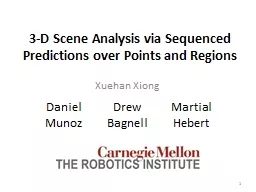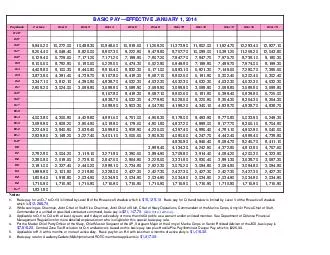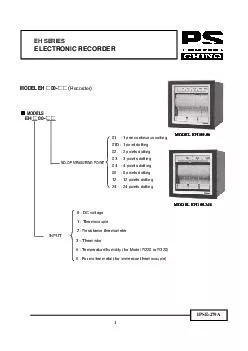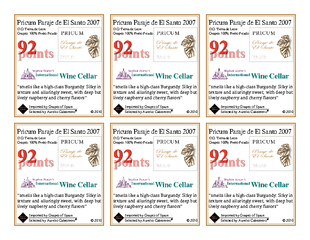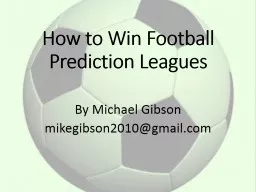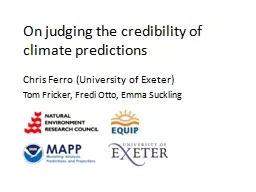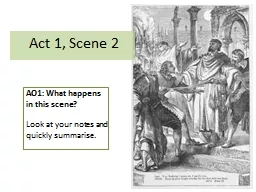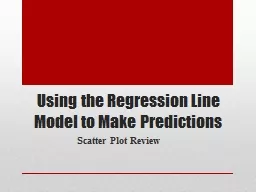PPT-3-D Scene Analysis via Sequenced Predictions over Points an
Author : alida-meadow | Published Date : 2016-07-10
Xuehan Xiong Daniel Munoz Drew Bagnell Martial Hebert 1 2 Problem 3D Scene Understanding C ar P ole G round T runk W ire B uilding V eg 3 Solution Contextual
Presentation Embed Code
Download Presentation
Download Presentation The PPT/PDF document "3-D Scene Analysis via Sequenced Predict..." is the property of its rightful owner. Permission is granted to download and print the materials on this website for personal, non-commercial use only, and to display it on your personal computer provided you do not modify the materials and that you retain all copyright notices contained in the materials. By downloading content from our website, you accept the terms of this agreement.
3-D Scene Analysis via Sequenced Predictions over Points an: Transcript
Download Rules Of Document
"3-D Scene Analysis via Sequenced Predictions over Points an"The content belongs to its owner. You may download and print it for personal use, without modification, and keep all copyright notices. By downloading, you agree to these terms.
Related Documents

